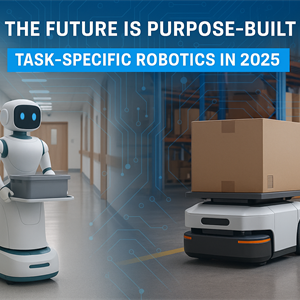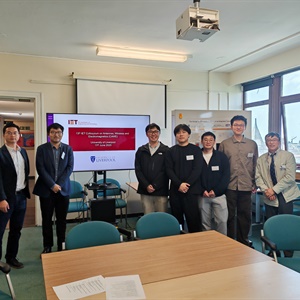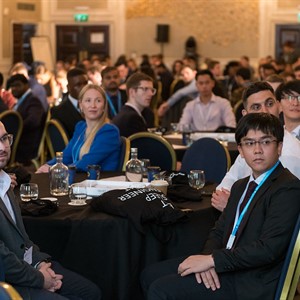Volunteer Gordana Collier – In the spotlight!
Today, we met with Gordana Collier. Gordana began volunteering with the IET in 2011 as an Academic Accreditor and went on to become a member of the Committee. She has also served on the Awards and Scholarships Committee and the Future Talent Awards Panel. Tell us Gordana, what is your role outside of volunteering for the IET? I lead a busy life as the Head of the School of Engineering, Computing and Mathematics at Oxford Brookes University. Recently, I had the privilege of completing a major project involving the creation of two new buildings to move my School to the centre of Oxford. On a typical day, I divide my time between running operations and devising strategies for the future of the School with my team. My favourite activities involve developing high-performance motorsport industry…





















